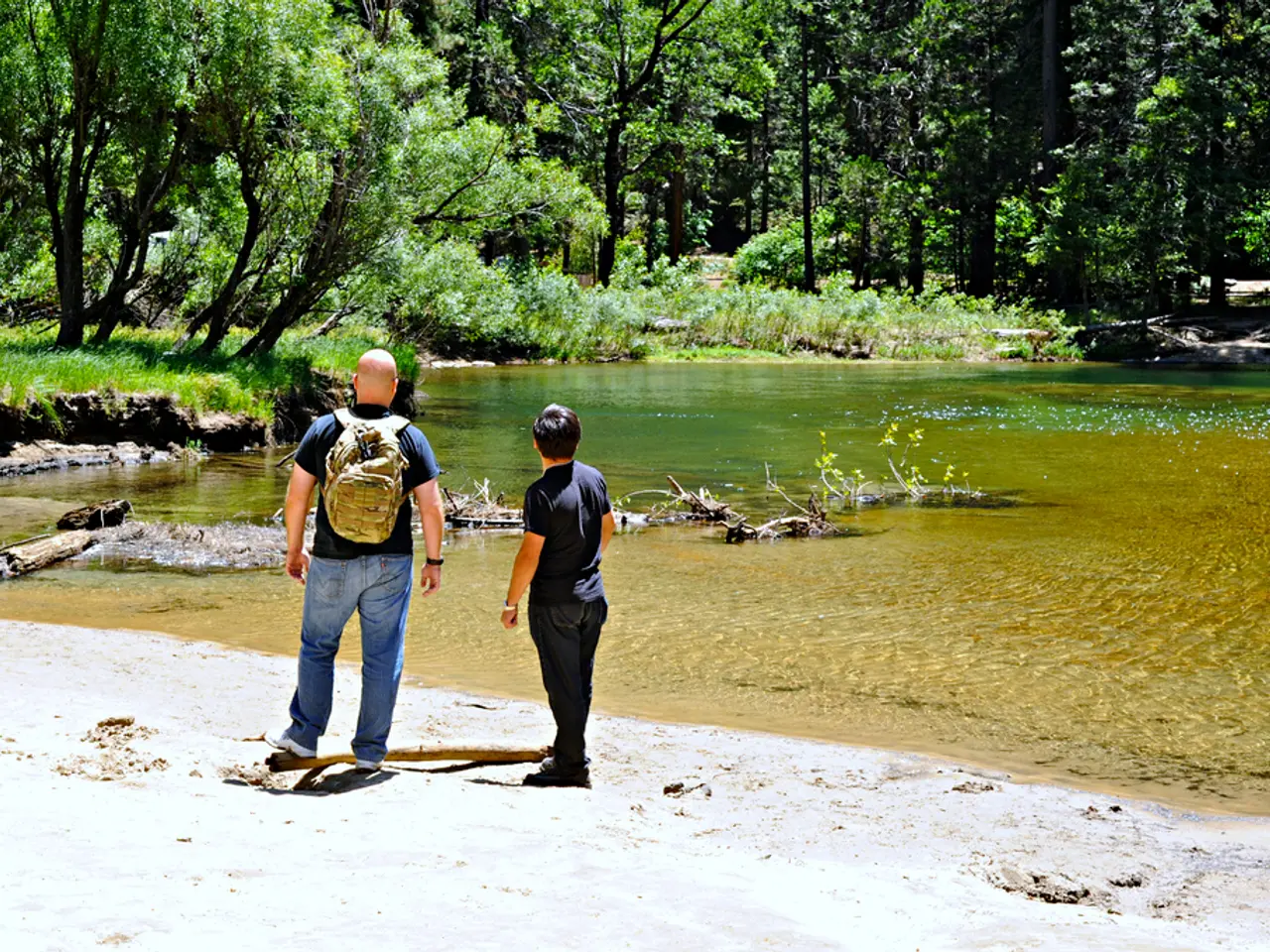Capital Markets Innovation: The Impact of Blue Bonds on Financial Market Dynamics
Blue bonds are gaining traction as a means to facilitate sustainable solutions within the marine industry, offering economic, social, and environmental benefits to all stakeholders. This innovative financing mechanism is expected to play a significant role in the growth of the blue economy, which is projected to double in size to U.S.$3 trillion by 2030, creating 40 million jobs and making it the eighth largest economy in the world, with an asset value estimated at US$24 trillion.
Blue bonds are primarily used for large-scale infrastructure projects related to maritime transportation, marine renewable energy, coastal ecotourism, sustainable energy, sustainable maritime transport, sustainable marine fisheries management, sustainable aquaculture operations, seafood supply chain sustainability, clean water and waste water management, and port infrastructure. Since the first blue bond was issued in 2018, there has been a significant increase in their issuance.
One unique aspect of blue bonds is their potential to address the least funded UN Sustainable Development Goal (SDG 14: Life Below Water). Debt-for-nature swaps, a mechanism that has been employed by countries such as Seychelles, Indonesia, Colombia, Gabon, Belize, and Barbados, can facilitate the issuance of blue bonds. In a debt-for-nature swap, a developing country's external debt is forgiven or reduced in exchange for local environmental conservation measures. In return for providing debt relief, the government agrees to set aside a portion of the debt savings for marine conservation efforts.
The key steps for issuing a blue bond typically include project identification and eligibility assessment, structuring the bond, issuance and placement, use of proceeds management, impact measurement and reporting. Projects funded by blue bond proceeds often focus on ocean conservation initiatives, sustainable fisheries management, climate-resilient infrastructure for coastal areas, and marine pollution management and restoration projects. Notable examples include the Development Bank of Latin America and the Caribbean's €100 million blue bond supporting ocean conservation and climate-resilient coastal infrastructure, and the Southeast Asia Commercial Joint Stock Bank's issuance in Vietnam marking the country's first blue bond focused on blue economy projects.
Blue bonds are structured as use-of-proceeds debt instruments dedicated to financing sustainable ocean-related projects with an emphasis on measurable environmental impact and transparency, often involving collaboration between governments, financial institutions, and international organizations. For more information, sources include T. Rowe Price, ICMA, UN Global Compact, World Economic Forum, and International Finance Corporation.
- The unique debt-for-nature swaps mechanism, employed by several countries like Seychelles, Indonesia, and Belize, can facilitate the issuance of blue bonds for environmental conservation measures, particularly contributing to the funding of SDG 14 (Life Below Water).
- To boost the growth of the blue economy, finance and business sectors are investing in blue bonds, with these debt instruments supporting ocean conservation initiatives, sustainable fisheries management, and climate-resilient infrastructure projects, such as the €100 million blue bond by the Development Bank of Latin America and the Caribbean.
- Addressing climate change and promoting environmental science are essential aspects of the blue bond investment strategy, as these debt instruments are designed to finance sustainable ocean-related projects with a focus on measurable environmental impact and transparency, demonstrating the intersection of finance, technology, and environmental-science in the blue economy.




